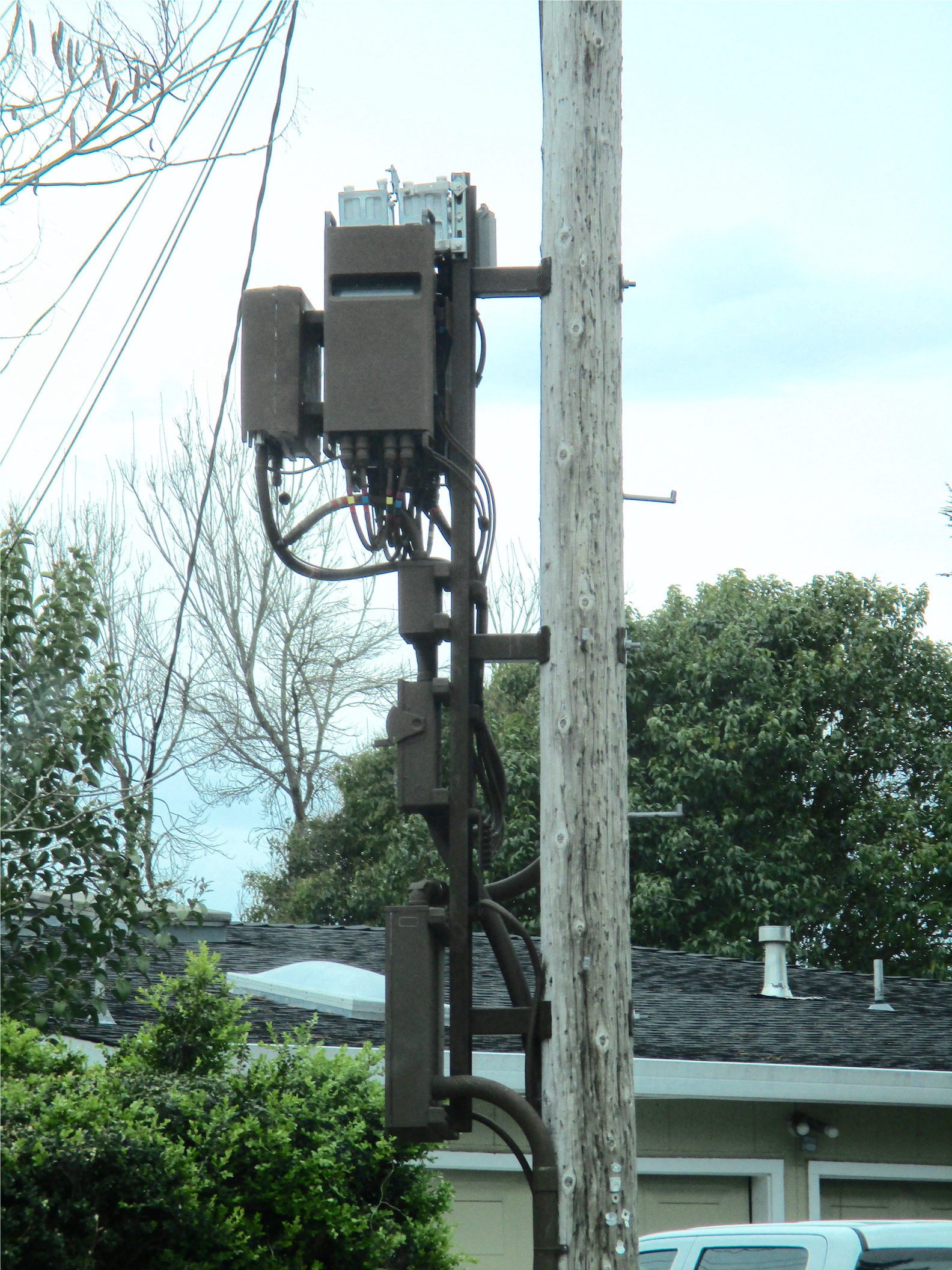If what is a safe distance from a cell tower 've ever been through a town you might have noticed tiny cell towers for 5G placed on poles for street lighting. They look like little boxes however, they're actually transmitting wireless signals from mobile providers to your mobile.
These smaller towers are replacing larger, purpose-built cell towers. Although they're not as visible however, they could create problems for those who live nearby.
The of the FCC's Radiation Exposure Thresholds
The FCC's Radiation Exposure Thresholds determine the safe limit at which an individual can be exposed to electromagnetic energy generated by wireless devices. The limits for exposure are based on scientific data that prove that electromagnetic energy can cause harm to health.

The specific absorption rate (SAR) is an indication of the amount of radiofrequency energy taken up by tissues. It's usually 1.6 milliwatts per kilogram averaged over one gram of tissue.
However, because 5g transmits at higher frequencies and has the potential to cause greater energy intensity on the skin and other directly-exposed body parts. This can lead to a wide range of possible harms, like the development of skin diseases such as dermatitis, skin cancer and cataracts.
Due to the possible harmful effects of radiation from 5G, PSU has chosen to set a general localized limits on power density, which is 4mW/cm2 based on the average over 1 cm2, and not to exceed 30 minutes for all 5G services running at 3000 GHz. This limit for localization is in line with the peak SAR spatial-average of 1.6 W/kg, which is averaged over 1 5 grams of body tissue, at 6 GHz.
The FCC's Maximum Exposure Thresholds for Maximum Exposure
If you've ever used a cell phone, you're probably aware that a safe range from the tower is at least 400 meters away. This is because the power of transmission from a cell tower increases dramatically the further away your location from the tower.
While this sounds like an ideal idea, the reality is that people living in close proximity to towers could be more vulnerable to health problems. For instance, a 2014 study in India discovered that those who lived within 50 meters of cell towers experienced significant more health issues than those living further distance from them.
However, this study also revealed that those who relocated into areas farther away from the cell towers saw their symptoms improve within a few days. https://www.openlearning.com/u/greenvilstrup-rtp7qg/blog/WhatLengthsShouldIKeepFromThe5GCellPhoneTower have also revealed that exposure to high amounts of electromagnetic field radiofrequency (EMFs) could cause brain tumors, cancers, and other health problems.
This is due to the fact that RF radiation, which is used for wireless communication, has the ability to be absorbed by the body's outer layer, the skin. what is a safe distance from a 5g cell tower is vital to be aware of this since the skin serves as a barrier to protect against injury to the body, infection caused by pathogenic microorganisms and the entry of harmful substances. Additionally, it is the biggest organ of the human body, and is responsible for maintaining the integrity of other organs.
The FCC's Minimum Exposure Thresholds
The FCC's Minimum Exposure Thresholds rely on numerous assumptions that are not supported by evidence from science. These include the erroneous assumption that short-term exposures to RF radiation are safe because of the minimal radiation penetration in the human body (i.e., tissue heating).
The assumption also ignores the more extensive penetration of ELF components of modulated RF signals and the effects on the body of short bursts from pulsed RF waves. These assumptions are not in line with current knowledge of the biological consequences of RF radiation, and thus they shouldn't be considered for health protection exposure standards.
Furthermore there is the fact that both ICNIRP and FCC restrict their radiation limits for local peak SARs, based on the peak speed of spatial absorption (psSAR) which is not a sufficient dosimetric tool to determine the degree of radiation exposure. In particular it is inconclusive when frequencies exceed 6 GHz. In addition, psSAR is not been evaluated for RF radiation with co-exposure to other environmental agents , such as sunlight. Interactions of RF radiations with different environmental agents could result in antagonistic or synergistic effects. This can lead to an increased risk of negative health effects. For example, co-exposure to RF radiation with sunlight may raise the chance of developing skin cancer and exacerbate other skin diseases such as acne.
